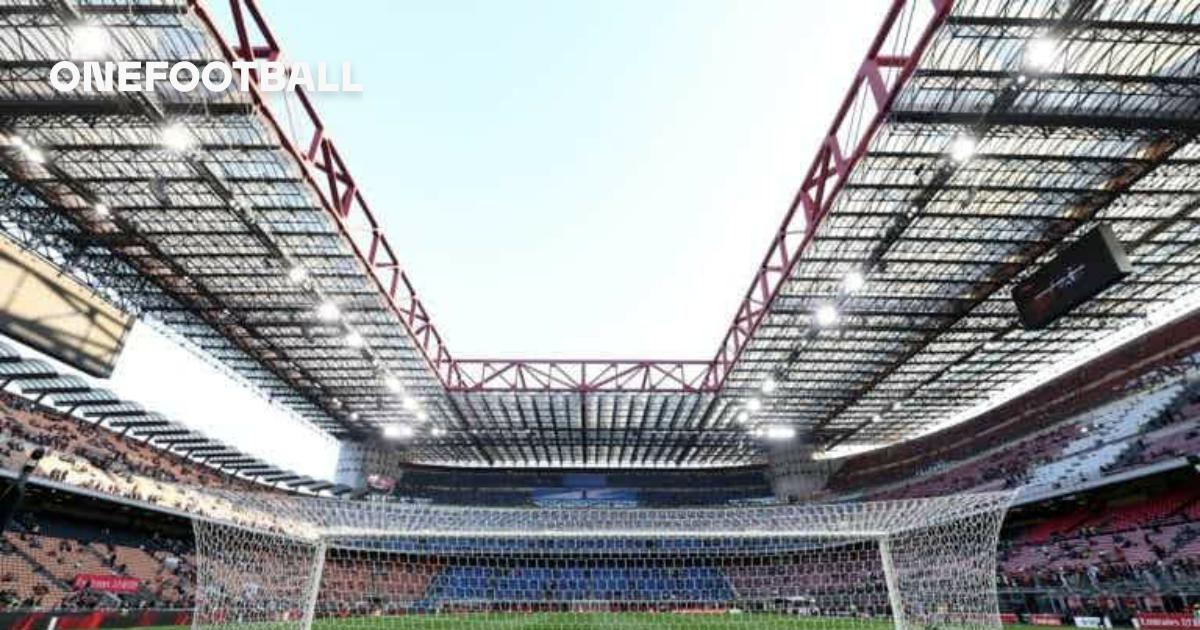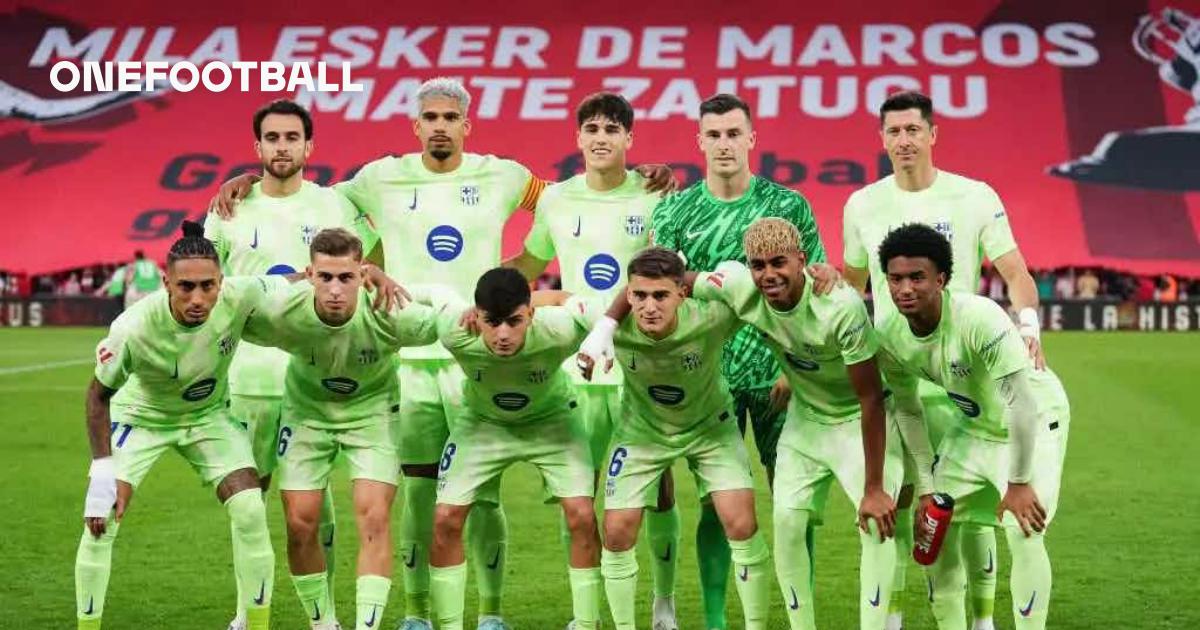Clubs like AS Roma have played a key role in this evolution, bridging old-school structure with modern tactical innovation. From the creative peak of Francesco Totti to recent European campaigns under José Mourinho, Roma’s journey mirrors Italy’s broader transformation.
This article will discuss key developments and the styles that made Italy win the 2006 World Cup and the 2020 Euros.
Moving Away from Catenaccio
In the 1990s, Italy was still tied to a style called catenaccio. This was a very defensive system. Teams stayed deep, focused on blocking opponents, and tried to score through quick counterattacks. A special defender called a libero helped clean up danger at the back.
But this started to fade. The game was speeding up. Teams from other countries began to press more, pass quicker, and attack more freely. Italian clubs began to lose ground in European competitions. Coaches saw the need to change.
By the 2000s, most teams dropped the sweeper and adopted zonal defending. This meant defenders covered space, not just specific opponents. Flat back-fours became common. Midfielders played a larger role in building attacks, not just defending.
Focus on the Midfield
From the mid-2000s to the early 2010s, strategy moved toward the midfield. Coaches wanted balance. They used three or four midfielders to stay compact, win the ball back, and build attacks.
Marcello Lippi’s 2006 World Cup team used this setup well. His midfield was organized, but also able to create chances. Antonio Conte later brought a more aggressive version of this at Juventus and with the national team. He used players who could press, pass, and cover lots of ground.
The idea was simple: control the center of the pitch. If you win the midfield, you control the match. This is still true today.
Roma, too, embraced midfield control, especially under Luciano Spalletti. His use of the ‘false nine’ system, with Totti dropping deep to link play, allowed midfielders like Daniele De Rossi and Simone Perrotta to shine and dominate possession zones in a modern way.
Return of the Three Defenders
Italy has a long history with three-at-the-back systems. In the 2010s, this setup returned, but in a new way. It was no longer just to defend. Now, it was used to attack as well.
Conte’s Juventus and Inter teams played this way. So did Gian Piero Gasperini’s Atalanta. They used three defenders, two wide wingbacks, and midfielders who ran hard. Wingbacks stretched the field wide. The back three helped keep the ball and cover space.
This allowed teams to press high and move the ball fast. When done right, it confused opponents. It also gave players more options during attacks.
Roma joined this trend under Paulo Fonseca and José Mourinho, who both experimented with a back-three formation in various matches. Mourinho, especially in European knockout ties, balanced a solid defensive block with quick transitions through wingbacks like Leonardo Spinazzola and Zeki Çelik.
Pressing and Quick Attacks
By the late 2010s, pressing became more common in Italy. For years, Italian teams were cautious. They sat back and waited. But younger coaches brought in new ideas. They wanted to win the ball high up the pitch and attack fast.
This approach is now seen in teams like Napoli, Roma, and Milan. They do not always press constantly. But when they lose the ball, they react quickly. This helps break the opponent’s shape and create chances.
The goal is not to keep the ball all the time. Instead, teams try to move it forward quickly and shoot before the defense can get ready.
Adapting in Europe
Italian clubs had to adjust their tactics for European games. These matches are faster and more physical. Teams from England, Germany, and Spain use higher pressing and an intense pace.
To keep up, Italian teams had to change their training and strategy. Juventus used wide defenders and a solid midfield to stay balanced. Atalanta played man-to-man all over the pitch — a risky but bold choice. Milan used mixed pressing with strong defensive blocks.
These changes helped clubs stay competitive outside Italy. It also helped Italian players learn new systems and grow tactically.
Italy’s National Team Today
After winning the 2006 World Cup, Italy seemed to have run out of luck over the next decade. In 2018, Roberto Mancini took over, and Squadra Azzura started regaining momentum. In 2020, the long-awaited moment finally happened: Italy won the Euro. Mancini’s squad showed unity, and that was the main difference.
Final Thoughts
Italian football no longer plays only to defend. The game has changed. Teams still value control and structure. But now, they press more, attack quicker, and adapt faster.
AS Roma, with its mix of tradition and tactical evolution, is a perfect case study in this broader national transition: from rigid systems to modern flexibility. From Totti’s genius to Mourinho’s discipline, the Giallorossi have mirrored Italy’s footballing journey.
The strategy has shifted, not disappeared. It reflects the new demands of the modern game and shows how Italy, while staying true to its roots, can still grow and compete.
Italian football is one of the world’s most respected. Let’s take a look at how things changed in the new millennium. What was once known mostly for defense has now grown into a mix of control, balance, and flexible tactics. Fans who want to see how their favorite teams perform nowadays can check public records from sportsbooks like Casumo. These records show match outcomes, trends, and team formations over time. Not intended for casual viewing, they can help with understanding how teams changed their styles.
Clubs like AS Roma have played a key role in this evolution, bridging old-school structure with modern tactical innovation. From the creative peak of Francesco Totti to recent European campaigns under José Mourinho, Roma’s journey mirrors Italy’s broader transformation.
This article will discuss key developments and the styles that made Italy win the 2006 World Cup and the 2020 Euros.
Moving Away from Catenaccio
In the 1990s, Italy was still tied to a style called catenaccio. This was a very defensive system. Teams stayed deep, focused on blocking opponents, and tried to score through quick counterattacks. A special defender called a libero helped clean up danger at the back.
But this started to fade. The game was speeding up. Teams from other countries began to press more, pass quicker, and attack more freely. Italian clubs began to lose ground in European competitions. Coaches saw the need to change.
By the 2000s, most teams dropped the sweeper and adopted zonal defending. This meant defenders covered space, not just specific opponents. Flat back-fours became common. Midfielders played a larger role in building attacks, not just defending.
Focus on the Midfield
From the mid-2000s to the early 2010s, strategy moved toward the midfield. Coaches wanted balance. They used three or four midfielders to stay compact, win the ball back, and build attacks.
Marcello Lippi’s 2006 World Cup team used this setup well. His midfield was organized, but also able to create chances. Antonio Conte later brought a more aggressive version of this at Juventus and with the national team. He used players who could press, pass, and cover lots of ground.
The idea was simple: control the center of the pitch. If you win the midfield, you control the match. This is still true today.
Roma, too, embraced midfield control, especially under Luciano Spalletti. His use of the ‘false nine’ system, with Totti dropping deep to link play, allowed midfielders like Daniele De Rossi and Simone Perrotta to shine and dominate possession zones in a modern way.
Return of the Three Defenders
Italy has a long history with three-at-the-back systems. In the 2010s, this setup returned, but in a new way. It was no longer just to defend. Now, it was used to attack as well.
Conte’s Juventus and Inter teams played this way. So did Gian Piero Gasperini’s Atalanta. They used three defenders, two wide wingbacks, and midfielders who ran hard. Wingbacks stretched the field wide. The back three helped keep the ball and cover space.
This allowed teams to press high and move the ball fast. When done right, it confused opponents. It also gave players more options during attacks.
Roma joined this trend under Paulo Fonseca and José Mourinho, who both experimented with a back-three formation in various matches. Mourinho, especially in European knockout ties, balanced a solid defensive block with quick transitions through wingbacks like Leonardo Spinazzola and Zeki Çelik.
Pressing and Quick Attacks
By the late 2010s, pressing became more common in Italy. For years, Italian teams were cautious. They sat back and waited. But younger coaches brought in new ideas. They wanted to win the ball high up the pitch and attack fast.
This approach is now seen in teams like Napoli, Roma, and Milan. They do not always press constantly. But when they lose the ball, they react quickly. This helps break the opponent’s shape and create chances.
The goal is not to keep the ball all the time. Instead, teams try to move it forward quickly and shoot before the defense can get ready.
Adapting in Europe
Italian clubs had to adjust their tactics for European games. These matches are faster and more physical. Teams from England, Germany, and Spain use higher pressing and an intense pace.
To keep up, Italian teams had to change their training and strategy. Juventus used wide defenders and a solid midfield to stay balanced. Atalanta played man-to-man all over the pitch — a risky but bold choice. Milan used mixed pressing with strong defensive blocks.
These changes helped clubs stay competitive outside Italy. It also helped Italian players learn new systems and grow tactically.
Italy’s National Team Today
After winning the 2006 World Cup, Italy seemed to have run out of luck over the next decade. In 2018, Roberto Mancini took over, and Squadra Azzura started regaining momentum. In 2020, the long-awaited moment finally happened: Italy won the Euro. Mancini’s squad showed unity, and that was the main difference.
Final Thoughts
Italian football no longer plays only to defend. The game has changed. Teams still value control and structure. But now, they press more, attack quicker, and adapt faster.
AS Roma, with its mix of tradition and tactical evolution, is a perfect case study in this broader national transition: from rigid systems to modern flexibility. From Totti’s genius to Mourinho’s discipline, the Giallorossi have mirrored Italy’s footballing journey.
The strategy has shifted, not disappeared. It reflects the new demands of the modern game and shows how Italy, while staying true to its roots, can still grow and compete.


